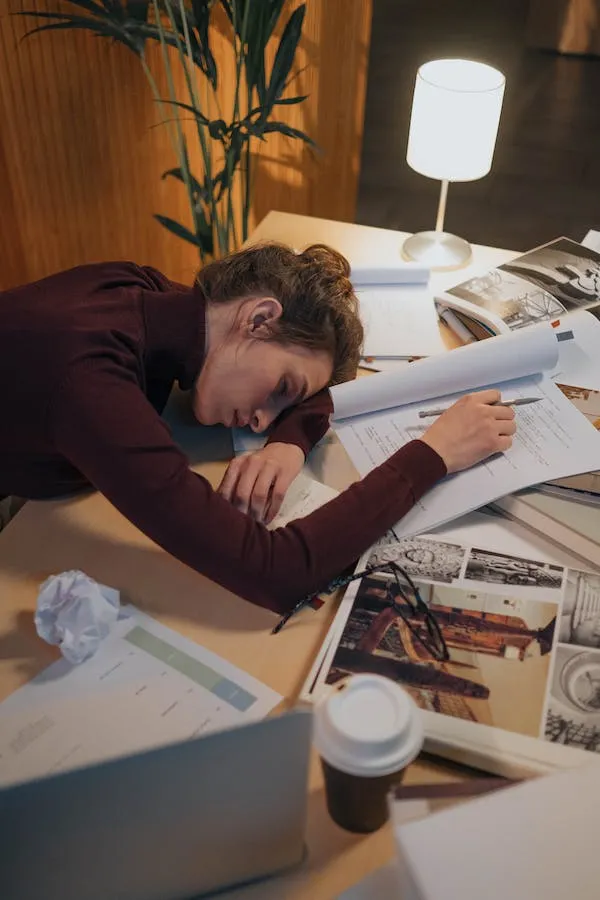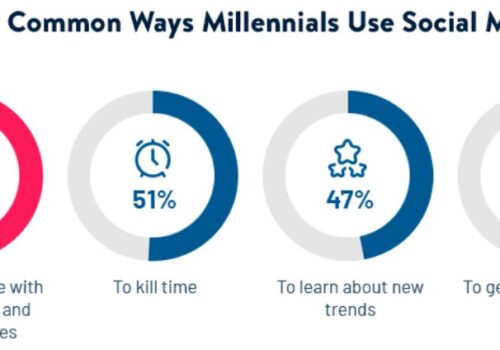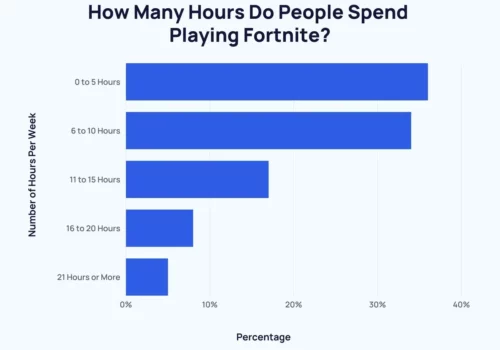Napping can be a common part of our daily routines, but have you ever wondered about the numbers behind it?
Lack of sleep is on the rise due to busy schedules and stress. Though a quick nap can provide some benefits, it cannot replace a good night’s sleep. Taking too many naps or resting at the wrong time can disrupt your sleep.
Let’s explore some interesting statistics, facts, and figures about napping. From how often people nap to the benefits of a quick snooze, I’ll uncover some fascinating insights into this age-old practice.
| Napping Statistics | Percentage/Duration |
|---|---|
| Polyphasic sleepers | Over 85% of mammals |
| National Napping Day | March 14, annually since 1999 |
| Recommended Time for a Power Nap | 1 to 3 p.m. |
| Average Nap Duration | About 60.2 minutes |
| Adults’ Annual Napping Frequency | Approximately 94.3 days/year |
| Most Likely Age Group to Nap | 25-34 years old (83.4%) |
| U.S. Full-time Workers Who Regularly Nap | 42.7% |
| Percentage of Americans Who Nap Daily | One-third |
| Recent Napping Frequency (Men vs. Women) | Men (38%), Women (31%) |
| Older Males vs. Older Females Napping Frequency | Males (41%), Females (28%) |
| Low-Income vs. High-Income Napping Frequency | Low-Income (42%), High-Income (33%) |
| U.S. Adults Who Have Napped in the Last Three Months | 80.7% |
| Adults Who Nap More Than Once a Week | 30.5% |
| Adults Over 80 Who Nap Daily | 52% |
| Advantages of Napping | |
| 20-30 Minute Nap’s Effect on Alertness | More alert |
| 40-Minute Nap’s Performance Boost | 34% increase |
| 60-Minute Nap’s Effect on Wakefulness | Up to 10 hours |
| Napping Frequency and Heart Disease Risk Reduction | 12% (twice a week), 37% (thrice a week) |
| Napping at Work | |
| Percentage of Employers Allowing Napping at Work | 33% |
| Companies with Designated Napping Rooms | 16% |
| Economic Impact of Sleep Deprivation on the U.S. Economy | $150 billion annually |
Examine the numbers to check Napping Statistics:
- The Top 10 Statistics and Facts About Napping
- Polyphasic sleepers account for over 85% of mammals.
- Our bodies are wired to sleep between the hours of 1 and 3 p.m.
- According to statistics, one-third of Americans sleep every day.
- People who have trouble sleeping at night are more prone to snooze during the day.
- People with lower salaries are more likely to nap.
- For overcoming mid-afternoon tiredness, a siesta is more beneficial than caffeine.
- The most efficient technique to boost alertness is to consume coffee before taking a catnap.
- Napping has been shown to lower the risk of developing heart disease.
- A 60-minute snooze can help us stay awake for up to ten hours.
- Thirty-four percent of firms allow employees to nap during working hours.
Napping Statistics

Caffeine vs Napping
Do you ever find yourself having to choose between a cup of coffee and a nap? So, here’s some important information to remember.
- A British nap research study found that taking a nap is more effective than drinking caffeine or getting extra nocturnal sleep to combat a midafternoon sleep crisis.
- Naps improve memory and focus better than coffee, says the American Psychological Association.
- Drink coffee before a short nap to boost alertness (Harvard Univ. Press). A Japanese study found caffeine before nap improves daytime sleep, but more research is needed.
The Advantages of Napping
While napping may appear to be a waste of time, there are several advantages to small bursts of daytime sleep. We’ll take a deeper look at these advantages in this section.
Image credit: Pexels
- According to The National Sleep Foundation, taking a 20-30 minute nap can help us become more alert. When we require a boost of energy during the day, it’s advisable to take a short nap as it won’t make us feel groggy or disoriented. Instead, it will aid in improving our performance and increasing our awareness.
- A 40-minute nap can boost performance by 34%, according to The National Sleep Foundation. NASA’s study on military pilots and astronauts found that a 40-minute snooze can increase alertness by 100% and performance by 34%.
- A 60-minute nap can help us stay awake for up to ten hours. Longer naps with slow-wave and REM sleep stages are good for us, but some people may feel sluggish upon waking.
- A 60-90 minute nap can improve learning, as per the American Psychological Association. The University of California psychologists found that a nap of this duration has the same impact on learning as a full night of sleep.
- Napping twice a week lowers the risk of heart disease by 12%, while napping thrice a week lowers it by 37%. (Infographic by ‘d’)
- Napping for 60 minutes can improve emotional management, per the American Psychological Association. A University of Michigan study found that individuals who napped for an hour were less agitated and impulsive.
- Shift workers working during the night shift can benefit from a planned nap. According to a study conducted in New Zealand, a 40-minute snooze can improve the alertness and effectiveness of the workers.
Negative Consequences of Napping
Of course, there are benefits and drawbacks to napping, as with everything else in life. We’ll look at the less-than-ideal effects here.
- Napping for over 30 minutes may cause sleep inertia. It could lead to you feeling drowsy and disoriented when you wake up. This is common in those who are sleep-deprived or don’t nap frequently. (Source: The National Sleep Foundation)
- Napping may increase C-reactive protein levels, which is linked to inflammation and serious illnesses. However, studies have conflicting results regarding the benefits of daytime sleep on our immune system.
- Late afternoon naps can disrupt your nighttime sleep, according to The National Sleep Foundation. Take naps during your waking hours instead, ideally in the middle of the day.
Interesting Facts About Napping
How well do you know how to nap? Here are a few fun and unusual napping statistics.
- Siesta, a Spanish phrase, means “midday relaxation.” This practice has its roots in Islamic law.
- Midday naps, known as siestas, are common in Europe and Asia, particularly in India, the Middle East, and China.
- In Japan, workplace napping is common and has a name, ‘demur.’ Being sleepy at work is seen as a sign of hard work, and some even pretend to be awake to show dedication.
- After lunch, most Taiwanese and mainland Chinese schools have a nap hour. (Infographics by d)
- During school hours, there is a 30-minute rest period called wujiao. This rest period provides children with the opportunity to enjoy all the benefits of sleep while at school. All the lights are turned off during this time to create a peaceful environment for everyone to rest.
- Napping can increase happiness by 11% and improve the quality of interactions by 10%.
- A 60-minute nap can enhance alertness for up to 10 hours, and a 40-minute nap can boost performance by 34%.
- Just 6 minutes of napping can improve memory.
- Napping twice a week can reduce the risk of heart disease by 12%, and thrice a week by 37%.
- A 90-minute nap offers similar benefits to an 8-hour sleep at night and can reverse some negative effects of nighttime sleep loss, like overeating.
- Napping is more common among people earning less than $30,000 (42%) compared to those earning over $100,000 (33%). Among nappers, 50% are black, 33% are Hispanic, and 32% are white.
- 34% of employers, including companies like Google, Zappos, and Uber, allow napping at work, and 16% of companies have a napping room.
- Sleep deprivation can lead to a loss of up to $136 billion annually for U.S. employers.
FAQs
💤 Why is napping so popular?
Napping is popular because it provides a quick energy boost and helps improve alertness during the day.
🕒 When is the best time for a nap?
The ideal time for a nap is between 1 and 3 p.m., aligning with the body's natural dip in alertness.
⏰ How long should a nap be to be effective?
A short 20-30 minute nap can help increase alertness, while a 40-minute nap can boost performance by 34%.
👵 Do people of all ages nap equally?
No, the age group most likely to nap is 25-34-year-olds, with 83.4% reporting they have napped recently.
💰 How do napping habits differ based on income?
Low-income individuals tend to nap more frequently compared to those with higher incomes.
💸 What is the economic impact of sleep deprivation?
Sleep deprivation costs the U.S. economy a substantial amount, up to $150 billion annually, due to reduced productivity.
Quick Links:
- Browser Statistics, Facts, and Figures
- Amazing AR Statistics, Facts, and Trends
- Most Fascinating Oligarchs Statistics, Facts, and Figures
- Nonprofit Statistics, Facts, and Figures To Consider
Conclusion: Napping Statistics 2024
Before I fall asleep, I’ll summarize what I’ve learned thus far. Taking a nap, like many things in life, has benefits and drawbacks.
However, by implementing a few easy guidelines, you may prevent the majority of these disadvantages:
- Keep your naps brief and to the point.
- Avoid snoozing too close to bedtime.
- Fall asleep in a quiet, sleep-promoting environment.
Napping can boost alertness, but the ideal duration is around 20-30 minutes to avoid grogginess. People of different ages and income levels nap differently.
Regular naps may reduce heart disease risk and improve emotions. Cultural practices, like siestas, show napping’s global appeal. Napping is a helpful way to quickly recharge your energy and feel better overall.
Sources: apa.org, LiveScience, nolahmattress, nolahmattress, healthcenter, factretriever, medicalnewstoday, WebMD, health.harvard, sleepfoundation, time,





